Climbing roses are your most reliable garden wall hangings, giving you waves of flowers and scent for up to six months.
Against a house, they need sturdy support wires, but with a little guidance at the start, they can also clamber freely along fences or into trees.
Rambling roses have their own listing, although there is some overlap. What's the difference between a rambler and a climber?
Browse our full range of rose bushes.
Pot grown stock uses peat free compost wherever possible.
Bareroot roses are grown on heavy clay in a well drained site (heaven for rose roots) and lifted to order.
- Order now, pay later: we don't charge your card until before delivery
- When your order is ready: your mail order rose bushes are delivered by next working day courier (not the next working day after ordering!)
- Friendly support: if there is anything wrong with your plants when you inspect them, Contact Us within 5 working days
All bareroot plants are covered by our Refund Guarantee, so you can give them a whirl with complete confidence.




 2.webp)
 4.webp)

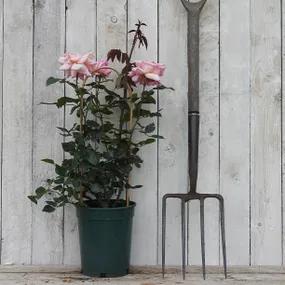

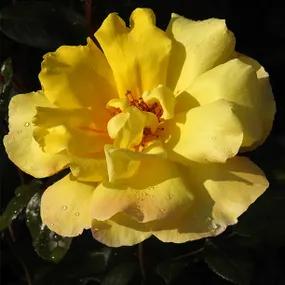
 1.webp)
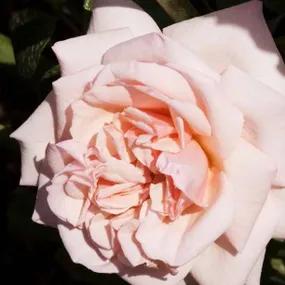
 2.webp)

 5.webp)
 1.webp)
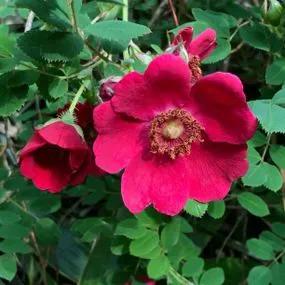
 2.webp)
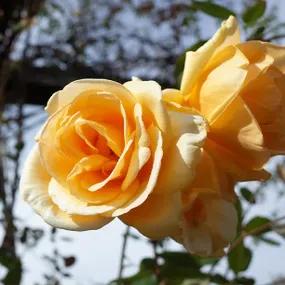
 1.webp)